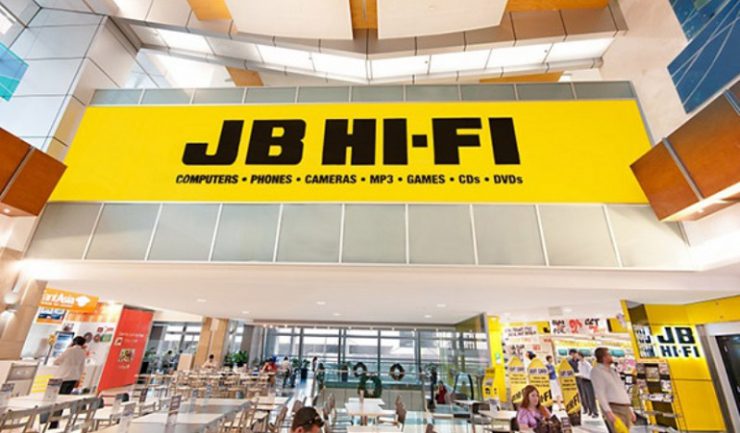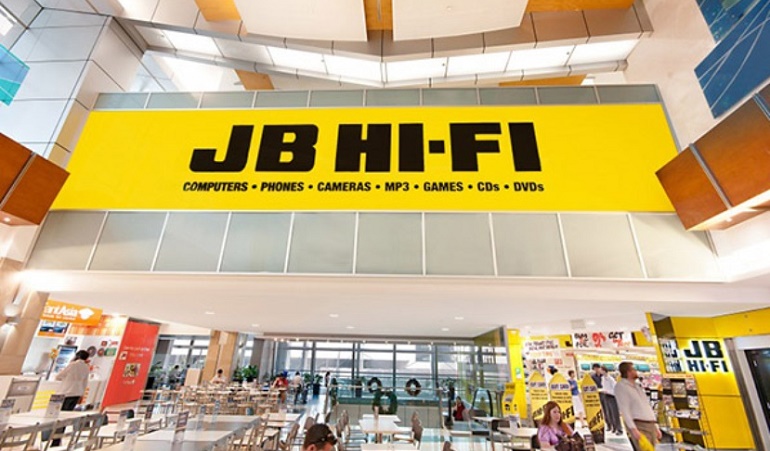Larger retailers the biggest movers.
Global research group IBISWorld has announced the 2017 list of Australia’s Top 1000 companies. It offers a comprehensive insight into the corporate landscape in Australia, including the largest firms and growing and declining sectors.
The firms on Top 1000 list account for $1.94 trillion in revenue, or approximately 28% of all trade in Australia, senior industry analyst, Jason Aravanis said. “Approximately one-third of companies on the list reported lower revenue for the year, with total revenue for the list declining by 2.0% since IBISWorld’s 2016 Top 1000 companies list,” he said.
Although total revenue across the 2017 list has fallen, this loss has been concentrated amongst a small number of large firms. Notable companies that generated lower revenue include Westpac, Rio Tinto, ANZ, NAB, and Caltex Australia.

In contrast, JB Hi-Fi, BHP, CIMIC Group and other major companies expanded revenue over the year. Overall, the 2017 top 1000 companies’ performance was mixed. For example, 52% of companies on the 2017 list improved profitability.
Consumer goods retailing and telecommunications were among the weaker performers, with the growing trend towards bargain hunting negatively affecting consumer goods retailing. Consumers have become more informed about purchases and the value of the products they buy which resulted in the industry’s revenue declining in 2016-17, as lower household discretionary income led to a cutback in household expenditure.
“Despite the overall decline in industry revenue, the industry’s major players, Wesfarmers and Woolworths, were able to grow their revenue as consumers sought out cheap prices at these large establishments. These firms have been able to succeed in a difficult operating environment due to their economies of scale, which have enabled them to gain market share from smaller competitors,” Aravanis said.
The Telecommunications Services industry also posted lower revenue in 2016-17, as intensifying price competition among wireless telecommunications service providers and declining revenue from fixed-line businesses hindered the industry’s performance. Both Singtel Optus and Vodafone posted significant revenue declines due to lower equipment sales, as customers increasingly shifted towards SIM-only plans, and strong price competition from the mobile telecommunications resellers market. Telstra’s retail segment has also been affected by these trends, however overall revenue increased in 2016-17 due to rising revenue from leasing infrastructure to NBN Co.

